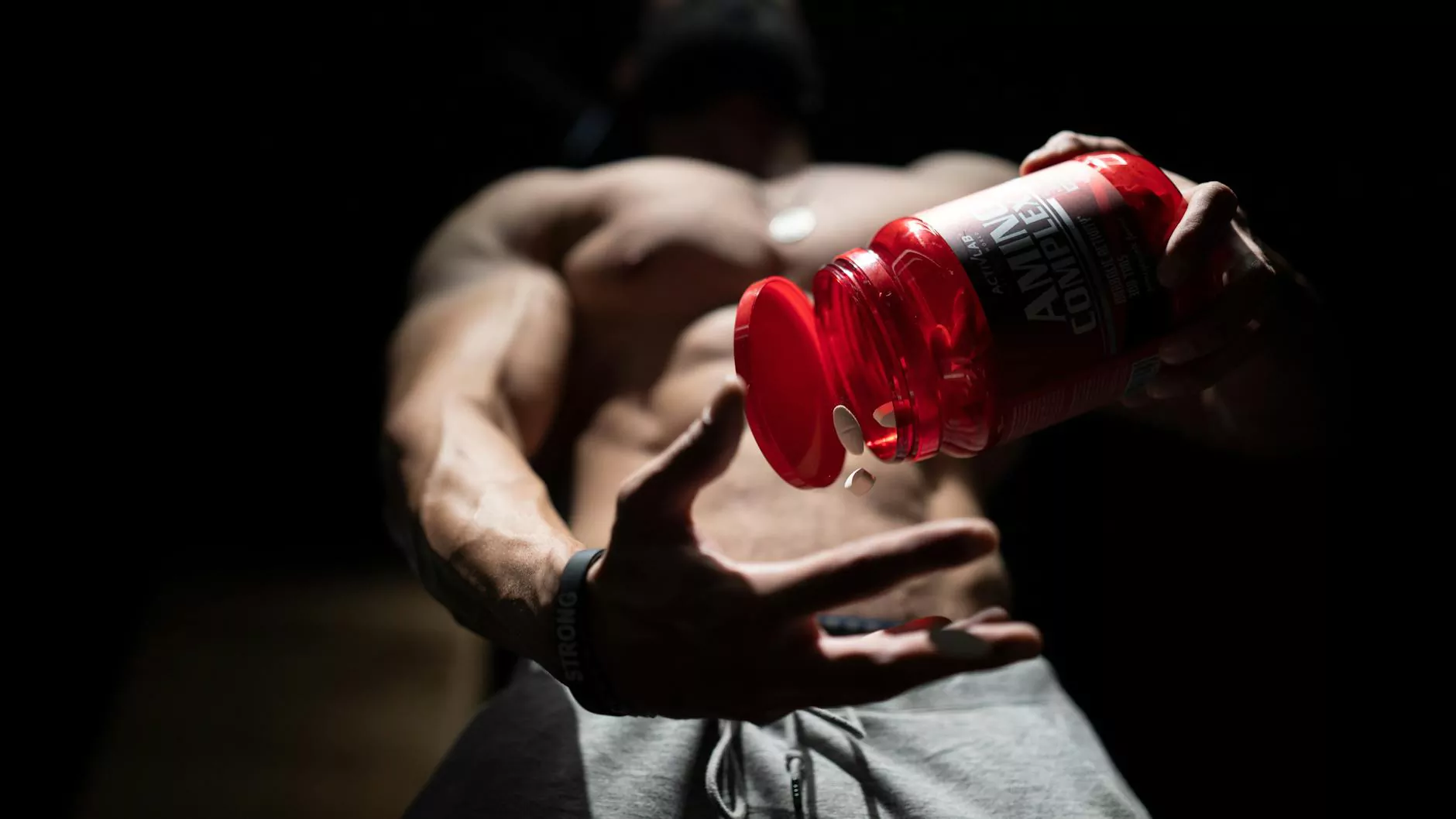Understanding Tendinitis vs Tendinopathy: A Comprehensive Guide for Healthcare, Education, and Chiropractic Professionals

Introduction to Tendon Injuries: The Foundation of Proper Diagnosis and Treatment
In the world of musculoskeletal health, precise understanding of conditions affecting tendons is crucial for effective treatment and patient recovery. Among the most common yet often misunderstood issues are tendinitis and tendinopathy. Although these terms are frequently used interchangeably in casual conversation, they refer to distinct pathological processes that require tailored diagnostic and therapeutic approaches.
Defining Tendinitis and Tendinopathy: Clarifying the Terminology
What is Tendinitis?
Tendinitis describes an acute inflammatory condition of the tendons resulting from excessive or sudden overuse, injury, or repetitive strain. It is characterized by inflammation, swelling, pain, and tenderness around the affected tendon. Historically, tendinitis was considered the primary diagnosis for any painful tendon condition, but advances in imaging and histopathology have nuanced this understanding.
What is Tendinopathy?
Tendinopathy encompasses a broader spectrum of chronic tendon disorders, characterized by degenerative changes within the tendon tissue. It often lacks overt inflammation and is marked by disorganized collagen, micro-tears, and a failed healing response. Tendinopathy is a more accurate term in many cases where inflammation is not a predominant feature, which reshapes management strategies.
The Pathophysiology of Tendinitis vs Tendinopathy: Key Differences
Inflammatory vs Degenerative Processes
- Tendinitis: Primarily involves active inflammation due to injury or overuse. The presence of inflammatory cells leads to swelling, pain, and warmth.
- Tendinopathy: Involves degenerative changes, with minimal inflammatory cell infiltration. The pathology includes collagen disorganization, increased ground substance, neovascularization, and apoptosis of tenocytes.
Progression and Chronicity
While tendinitis is often associated with acute episodes that can resolve with appropriate treatment, tendinopathy tends to be a chronic condition that develops through repeated microtrauma and failed healing. Recognizing this distinction is vital for guiding interventions and setting realistic recovery expectations.
Common Locations and Clinical Features
Typical Sites Affected by Tendinitis and Tendinopathy
- Rotator cuff tendons: shoulder pain
- Achilles tendon: heel pain, stiffness
- Lateral epicondyle (tennis elbow): elbow pain
- Patellar tendon: anterior knee pain
- Wrist tendons: pain associated with repetitive wrist movements
Signs and Symptoms
In Tendinitis
- Sudden onset of pain, often after activity
- Swelling and warmth in the affected area
- Pain that worsens with movement
- Possible crepitus or grating sensation during movement
In Tendinopathy
- Gradual onset of pain and discomfort
- Persistent, dull ache that worsens with activity
- Stiffness, particularly after rest or in the morning
- Thickening or nodularity along the tendon
Diagnostic Approaches: Differentiating Tendinitis from Tendinopathy
Clinical Examination
Careful assessment includes palpation for tenderness, swelling, and crepitus, along with range of motion and strength testing. The pattern and onset of symptoms help distinguish between acute inflammation and chronic degeneration.
Imaging Techniques
- Ultrasound: effective in detecting tendon thickening, neovascularization, or fluid accumulation.
- Magnetic Resonance Imaging (MRI): provides detailed images of soft tissue, helping identify degenerative changes, tears, or inflammation.
Laboratory Tests
Although not routinely used, elevated inflammatory markers (e.g., ESR, CRP) may support an inflammatory process but are usually negative in tendinopathy.
Treatment Strategies: Tailoring Interventions for Tendinitis vs Tendinopathy
Managing Tendinitis
- Rest and Activity Modification: reduce load to allow inflammation to subside.
- NSAIDs and Anti-inflammatory Medications: help control pain and inflammation.
- Ice Therapy: application to decrease swelling.
- Physical Therapy: focused on restoring function and reducing inflammation through gentle stretching and strengthening.
Managing Tendinopathy
- Gradual Loading and Eccentric Exercises: promote tendon remodeling and regeneration.
- Extracorporeal Shockwave Therapy (ESWT): stimulates healing and neovascularization.
- Laser Therapy and Ultrasound: facilitate tissue repair.
- Addressing Biomechanical Factors: correcting movement patterns and ergonomics.
Advanced and Surgical Interventions
In refractory cases, options like tendon debridement, repair, or regenerative procedures such as platelet-rich plasma (PRP) injections can be considered, always under professional guidance.
Preventive Measures and Patient Education
- Proper Technique: essential during physical activities and repetitive tasks.
- Gradual Training Progression: prevent overloading tendons suddenly.
- Stretching and Strengthening Programs: tailored to individual needs.
- Using Supportive Equipment: braces, orthotics, or ergonomic tools to reduce stress.
- Nutrition and Lifestyle: promoting tissue health and avoiding smoking or nutritional deficiencies.
Conclusion: The Importance of Accurate Diagnosis and Comprehensive Care
Understanding the distinction between tendinitis vs tendinopathy is pivotal for effective management. Misdiagnosis can lead to inadequate or inappropriate treatment, prolonging recovery or exacerbating the injury. Healthcare practitioners, educators, and chiropractors must stay well-informed of the subtle yet significant differences in pathology, presentation, and treatment to optimize outcomes.
By fostering a detailed, evidence-based approach to tendon disorders, health professionals can enhance patient recovery, reduce recurrence, and improve quality of life. Ongoing research and clinical education are vital in refining interventions and expanding our understanding of these often misunderstood conditions.
Further Resources and Professional Development
- Attend specialized training courses in tendinopathy management
- Review the latest guidelines from sports medicine and musculoskeletal associations
- Engage in interdisciplinary collaboration for comprehensive patient care
- Use advanced imaging techniques to ensure accurate diagnosis
- Stay updated on regenerative medicine innovations
About iaom-us.com
As a leading organization dedicated to Health & Medical advancements, iaom-us.com offers educational resources, certification programs, and research updates for chiropractors, healthcare providers, and educators. Their commitment to excellence ensures that practitioners stay abreast of cutting-edge practices to improve patient outcomes across diverse specialties, including musculoskeletal and tendinous conditions.
In Summary
effectiveness in diagnosing and treating tendon disorders hinges on distinguishing tendinitis from tendinopathy. Recognizing the nuanced differences in pathology, presentation, and response to therapy allows clinicians to implement targeted interventions, ultimately leading to faster recovery, less recurrence, and better patient satisfaction. Continuous education, technological advancements, and personalized care are the cornerstones of success in managing these complex conditions.









